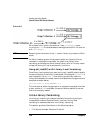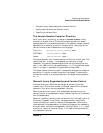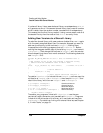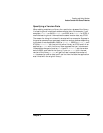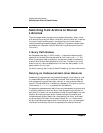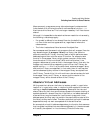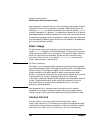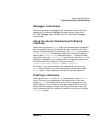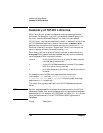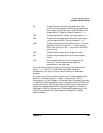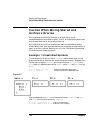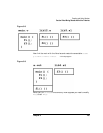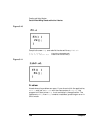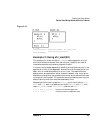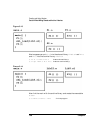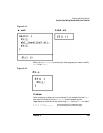
162 Chapter 5
Creating and Using Libraries
Summary of HP-UX Libraries
Summary of HP-UX Libraries
What libraries your system has depends on what components were
purchased. For example, if you didn't purchase Starbase Display List,
you won't have the Starbase Display List library on your system.
HP-UX library routines are described in detail in sections 2 and 3 of the
HP-UX Reference. Routines in section 2 are known as system calls,
because they provide low-level system services; they are found in libc.
Routines in section 3 are other “higher-level” library routines and are
found in several different libraries including libc.
Each library routine, or group of library routines, is documented on a
man page. Man pages are sorted alphabetically by routine name and
have the general form routine(nL), where:
routine is the name of the routine, or group of closely related
routines, being documented.
n is the HP-UX Reference section number: 2 for system
calls, 3 for other library routines.
L is a letter designating the library in which the routine
is stored.
For example, the printf(3S) man page describes the standard
input/output libc routines printf, nl_printf, fprintf,
nl_fprintf, sprintf, and nl_sprintf. And the pipe(2) man page
describes the pipe system call.
The major library groups defined in the HP-UX Reference are shown
below:
NOTE Certain language-specific libraries are not documented in the HP-UX
Reference; instead, they are documented with the appropriate language
documentation. For example, all FORTRAN intrinsics (MAX, MOD, and so
forth) are documented in the HP FORTRAN/9000 Programmer's
Reference.
Group Description



